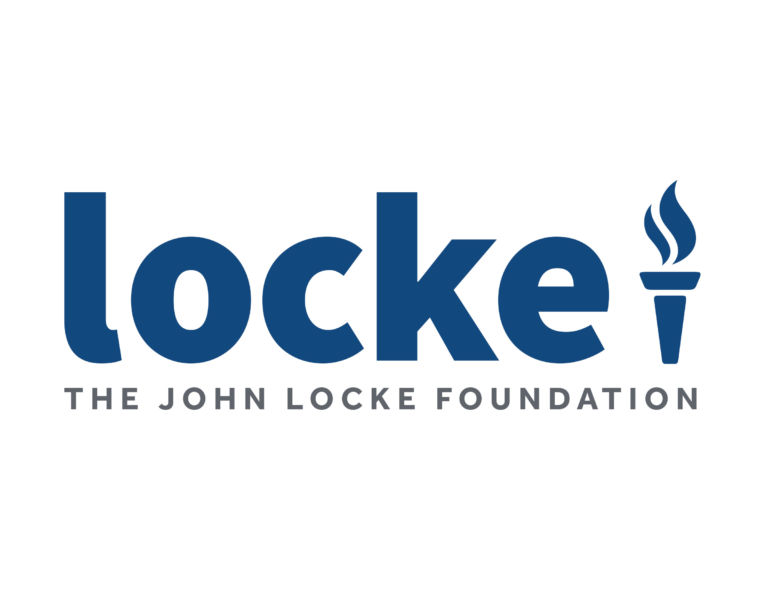Earlier this week, JLF’s Dr. Terry Stoops was quoted in an article published by Asheville Citizen-Times. The article centered on the recently released 2018-19 School Performance Grades and their relationship with student household income. The article’s author, Brian Gordon, noted the contrast in poverty rates within Buncombe County’s highest-performing schools versus their lowest-performing school:
On average, the three local schools to receive A grades: Buncombe County Middle College, Nesbitt Discovery Academy and School of Inquiry and Life Sciences – had a significantly lower rate, 26%, of low-income students last year.
…It is no coincidence that the school, Johnston Elementary School in West Asheville, had an enrollment of 94% low-income students.
Gordon explains how the pattern of student household income and performance bring up concerns about North Carolina’s grading system:
This connection fuels criticism of North Carolina’s school grading system, which assigns 80% of its letter grades to raw academic numbers and 20% to academic improvements.
“Though it’s been documented that it is primarily a measure of poverty, North Carolina remains one of the few states in the country that weighs standardized test scores so much higher than measuring improvement,” said Keith Poston, president and executive director of the Public School Forum of North Carolina, a public education advocacy group.
Gordon also interviewed JLF’s Dr. Terry Stoops for the piece. Stoops commented that, while student performance results do correlate with wealth, they can also tell us other valuable information about schools:
“I think there’s a case to be made that the grades are reflecting wealth,” said Terry Stoops, Vice President of Research and Director of Education Studies at the John Locke Foundation, a conservative-leaning think tank. But Stoops said he believes the grades highlight areas where schools can improve, such as teacher quality, curriculum design and access to technology.
Read the full article here, and check out Dr. Stoops’ overview of the entire Public School Accountability Results here.


